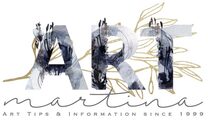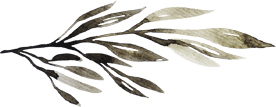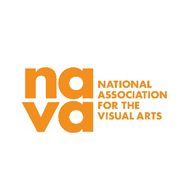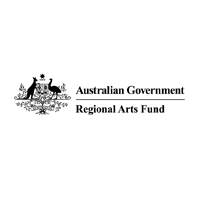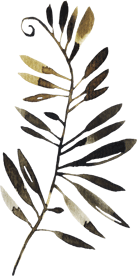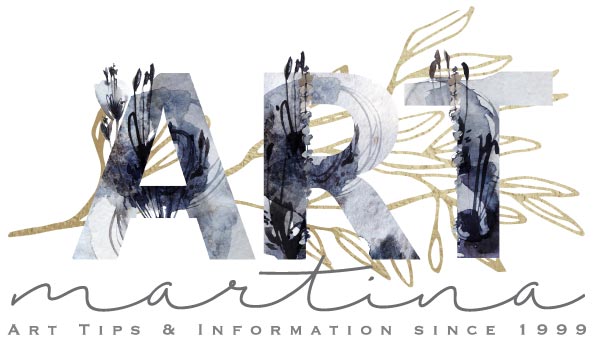Pricing Your Artwork
What every artist should know before putting a price tag on their work
The pricing of artwork can be a delicate matter for emerging artists. But if art is your business and income, it should be a key factor. Knowing what to charge could make the difference between your art business succeeding or failing.
As it is not an easy task get an overview of the common standard hourly rate for artists in Australia, I have included the common rates for Australian Artists Fees & Wages from the publication "The Code of Practice" by the "National Association For the Visual Arts".
